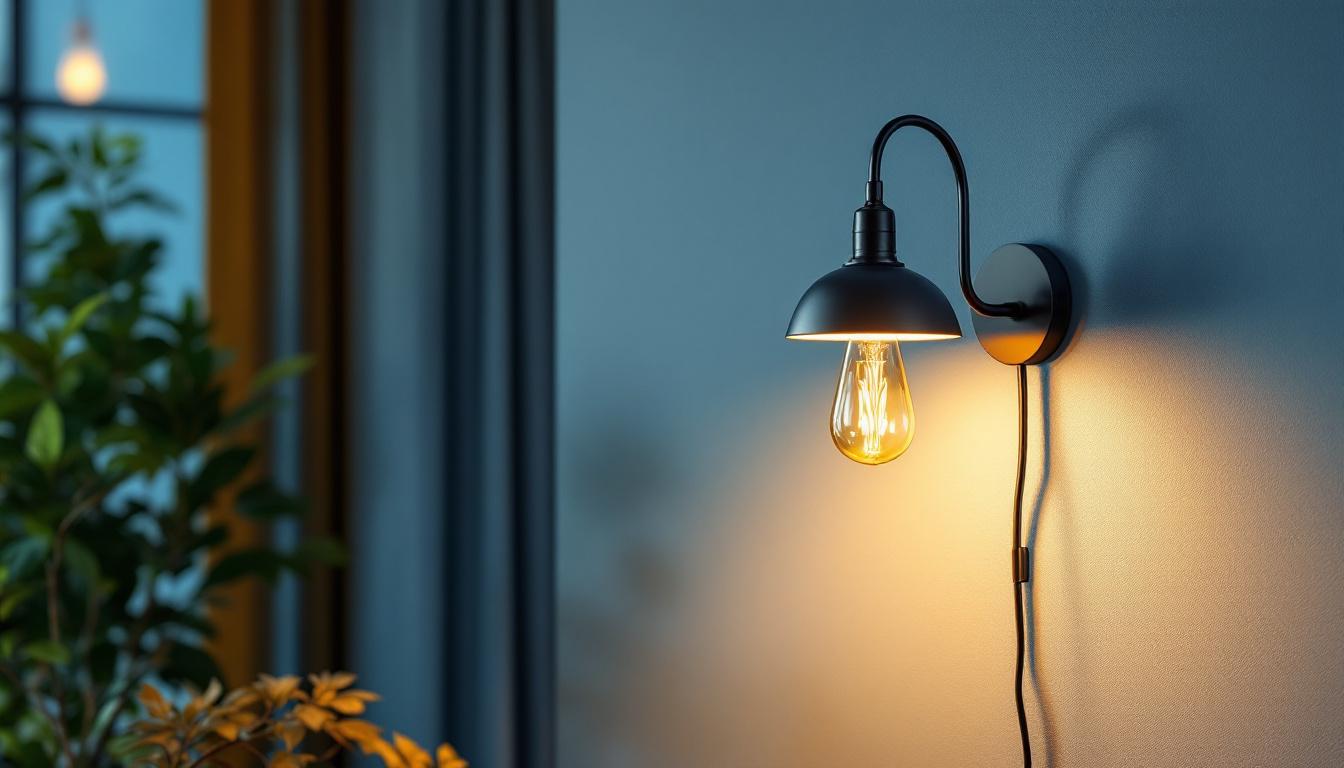
For lighting contractors, understanding the nuances of hanging light wall brackets is essential. These components are not just functional hardware; they play a critical role in the aesthetics, safety, and efficiency of lighting installations. Whether working on residential, commercial, or industrial projects, selecting and installing the right wall bracket can significantly impact the overall success of the lighting system.
Hanging light wall brackets serve as the foundational support for wall-mounted lighting fixtures. They must withstand the weight of the fixture, resist environmental factors, and comply with local building codes and safety standards. This article explores the key considerations lighting contractors should keep in mind when working with these brackets, from design and material selection to installation best practices and troubleshooting common issues.
When it comes to design, the variety of hanging light wall brackets available can cater to diverse architectural styles and personal preferences. From sleek, modern brackets that complement contemporary interiors to ornate, vintage-inspired designs that enhance traditional spaces, the choice of bracket can dramatically influence the overall look of the lighting installation. Additionally, the finish of the bracket—whether it be polished chrome, brushed nickel, or antique brass—can further enhance the visual appeal and ensure that the lighting fixtures harmonize with the surrounding decor.
Material selection is another crucial aspect that contractors must consider. Common materials for wall brackets include steel, aluminum, and various types of plastics, each offering different levels of durability and aesthetic appeal. Steel brackets, for example, provide robust support and are often used in industrial settings, while aluminum brackets are lightweight and resistant to corrosion, making them ideal for outdoor applications. Furthermore, understanding the environmental conditions where the brackets will be installed—such as exposure to moisture or extreme temperatures—can guide contractors in choosing the most suitable material to ensure longevity and performance.
Wall brackets come in a variety of designs tailored to different lighting fixtures and installation environments. The most common types include L-shaped brackets, adjustable arm brackets, and decorative scroll brackets. Each design offers unique benefits depending on the fixture size, weight, and desired positioning. For instance, L-shaped brackets are particularly effective for flush-mounted fixtures, providing a clean and modern look, while decorative scroll brackets can add a touch of elegance and vintage charm to spaces like dining rooms or entryways.
Material selection is equally important. Steel brackets offer excellent strength and durability, making them ideal for heavy fixtures and outdoor installations. Aluminum brackets provide a lightweight alternative with good corrosion resistance, suitable for indoor and some outdoor applications. Brass and wrought iron are often chosen for decorative purposes, combining strength with aesthetic appeal. The finish of these materials can also vary, from polished and shiny to matte or antiqued, allowing homeowners and designers to match their lighting solutions with the overall style of the room. Furthermore, the choice of material can impact the longevity of the installation, as some materials are more resistant to wear and tear than others, especially in high-traffic areas.
Lighting contractors must evaluate the specific requirements of each project before selecting a wall bracket. Factors such as fixture weight, mounting surface type (drywall, masonry, wood), environmental exposure, and electrical considerations influence the choice. For example, outdoor installations require brackets that resist rust and weathering, while indoor applications may prioritize design and finish to complement interior decor. Understanding the load-bearing capacity of the chosen bracket is crucial, as improper selection can lead to fixture instability or even damage over time.
Additionally, adjustable brackets are valuable in settings where fixture positioning needs to be fine-tuned post-installation, such as galleries or retail spaces. These brackets allow for easy modification of light angles, ensuring optimal illumination of artwork or merchandise. Conversely, fixed brackets are often preferred for residential lighting where stability and simplicity are paramount. In homes, the aesthetic appeal of the bracket can also play a significant role, as it becomes a part of the overall design scheme. Therefore, selecting a bracket that not only meets functional requirements but also enhances the visual appeal of the space is essential for achieving a cohesive look.
Before installation, contractors must thoroughly assess the mounting surface to ensure it can support the bracket and fixture safely. Drywall alone typically cannot bear heavy loads without reinforcement. In such cases, locating studs or installing backing plates is necessary. Masonry walls require appropriate anchors like expansion bolts or sleeve anchors to secure the bracket firmly.
Understanding the substrate prevents premature failures and safety hazards. It also ensures compliance with building codes, which often specify minimum load-bearing requirements for wall-mounted fixtures.
Using the correct tools and hardware is critical for a secure installation. Contractors should use levelers to ensure the bracket is perfectly horizontal, preventing uneven weight distribution. Torque wrenches help apply the right amount of force to fasteners, avoiding damage to the bracket or wall.
Hardware selection must match the wall type and bracket material. Stainless steel screws and anchors are preferred for corrosion resistance, especially in humid or outdoor environments. Using manufacturer-recommended fasteners ensures warranty compliance and optimal performance.
Since hanging light wall brackets support electrical fixtures, contractors must adhere to strict electrical safety protocols. This includes verifying that all wiring is properly insulated and grounded before mounting the fixture. The bracket should allow sufficient clearance for wiring connections and not interfere with conduit or junction boxes.
Additionally, ensuring that the bracket and fixture installation do not compromise fire safety is crucial. For example, brackets should not be installed too close to combustible materials, and any heat-generating fixtures must have adequate ventilation.
Uneven or textured walls can complicate bracket installation, causing fixtures to hang crookedly or insecurely. Contractors can address this by using shims or adjustable brackets that compensate for surface irregularities. In some cases, installing a mounting board or backplate provides a flat, stable surface for the bracket.
Careful measurement and pre-installation planning help avoid costly rework and ensure a professional finish.
Overloading a wall bracket is a common cause of failure. Contractors must always verify the weight rating of the bracket and compare it with the fixture’s weight, including any additional components like glass shades or bulbs. When dealing with heavy or oversized fixtures, using multiple brackets or specialized heavy-duty brackets is advisable.
Proper load distribution not only extends the lifespan of the installation but also prevents accidents and liability issues.
Outdoor lighting brackets are exposed to moisture, temperature fluctuations, and pollutants, which can cause corrosion and weaken the bracket over time. Selecting corrosion-resistant materials such as powder-coated steel or anodized aluminum is essential. Regular maintenance, including cleaning and inspections, helps identify early signs of damage.
For coastal or industrial environments where corrosion risk is higher, contractors might consider brackets with additional protective coatings or made from stainless steel alloys.
Lighting contractors must stay up to date with local building codes and safety regulations that govern wall-mounted lighting installations. These codes specify requirements for load capacity, electrical safety, fire resistance, and accessibility. Non-compliance can lead to project delays, fines, or unsafe installations.
Consulting relevant standards such as the National Electrical Code (NEC) or the International Building Code (IBC) ensures that the installation meets legal and safety benchmarks.
Following manufacturer guidelines for bracket installation is not only a best practice but often a condition for warranty validity. These guidelines provide detailed instructions on mounting techniques, compatible fixtures, and maintenance routines. Ignoring them can void warranties and expose contractors to liability.
Contractors should maintain documentation of installation procedures and communicate any deviations to clients to manage expectations and responsibilities.
Recent advancements have introduced smart brackets equipped with sensors and motorized adjustments. These allow remote repositioning of fixtures for optimal lighting angles without manual intervention. Such technology is gaining traction in commercial and gallery lighting where flexibility is key.
Adjustable brackets with modular components also enable contractors to customize installations rapidly, reducing labor time and increasing client satisfaction.
As sustainability becomes a priority, manufacturers are developing brackets made from recycled metals and environmentally friendly coatings. These options reduce the carbon footprint of lighting projects and appeal to eco-conscious clients.
Contractors can differentiate their services by offering sustainable installation options that align with green building certifications such as LEED.
For lighting contractors, expertise in hanging light wall brackets is more than a technical skill—it is a cornerstone of delivering safe, durable, and visually appealing lighting solutions. By understanding the types of brackets, mastering installation techniques, anticipating challenges, and adhering to regulations, contractors can ensure their projects meet the highest standards.
Staying informed about industry innovations and sustainability trends further enhances a contractor’s ability to provide value-added services. Ultimately, the right wall bracket choice and installation approach contribute significantly to client satisfaction and professional reputation in the competitive lighting industry.
Ready to elevate your lighting installations with the best hanging light wall brackets on the market? Look no further than LumenWholesale. Our extensive selection of spec-grade lighting products combines quality, affordability, and convenience to meet the needs of every lighting contractor. Say goodbye to inflated markups and enjoy unbeatable wholesale prices, free shipping on bulk orders, and the reliability of top-tier lighting solutions. Enhance your professional reputation with fixtures that promise durability and aesthetic appeal. For Wholesale Lighting at the Best Value, visit LumenWholesale today and discover how we can illuminate your next project.
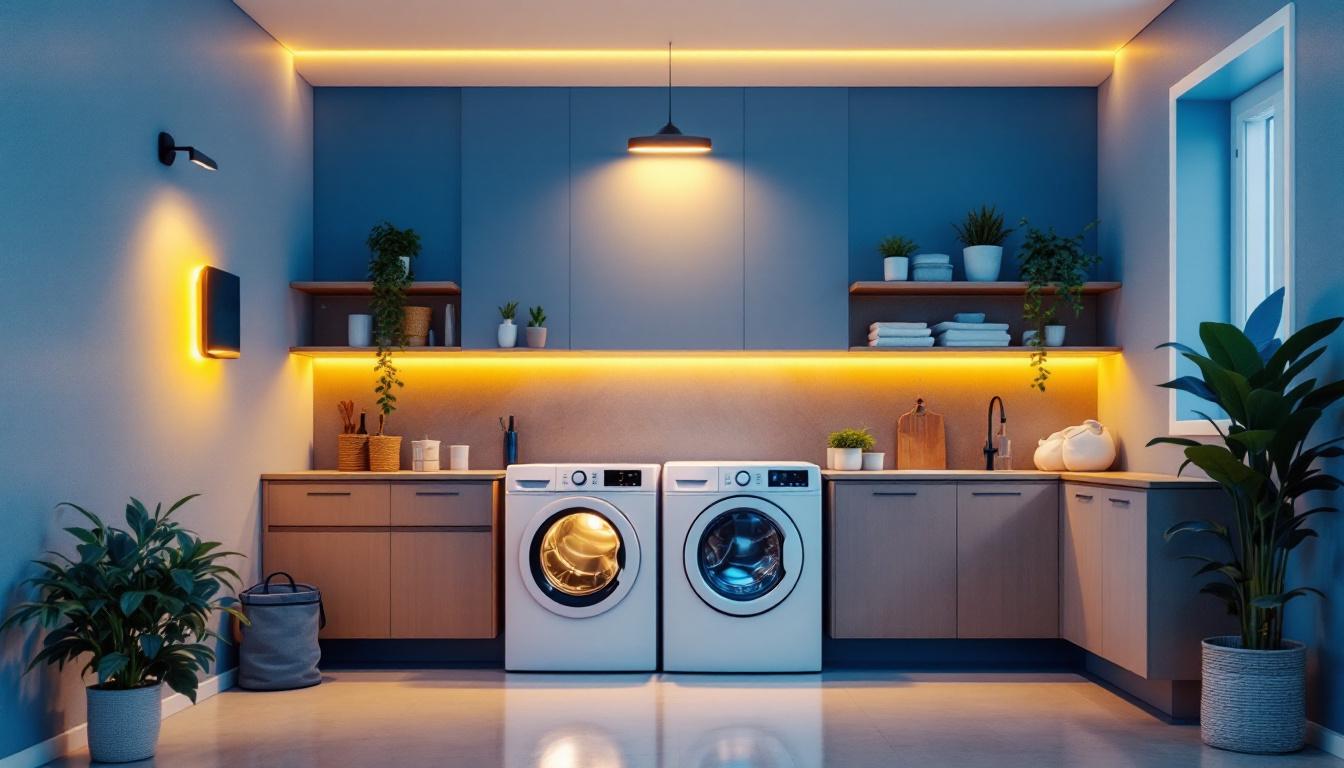
Discover the essentials of LED laundry room lighting with our comprehensive guide tailored for lighting contractors.
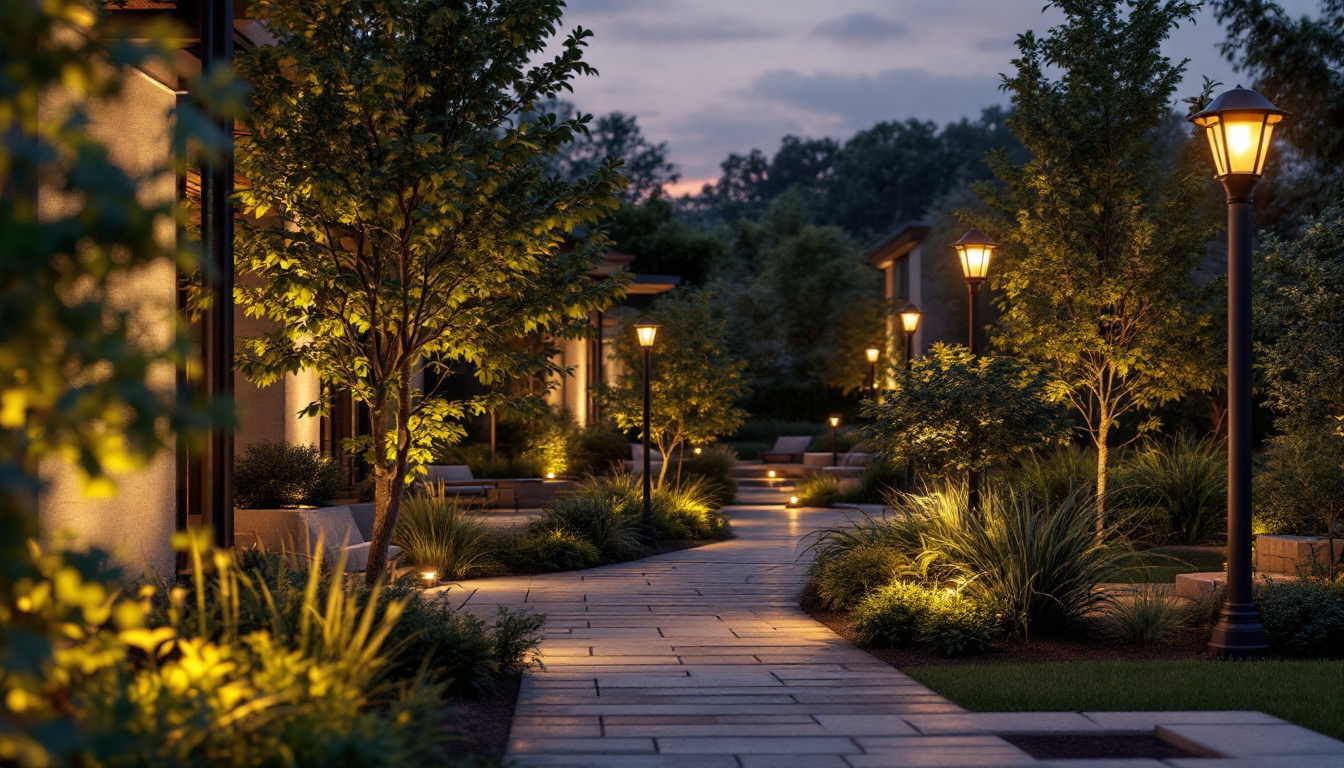
Illuminate your projects with expert tips and insights on outdoor post lighting.
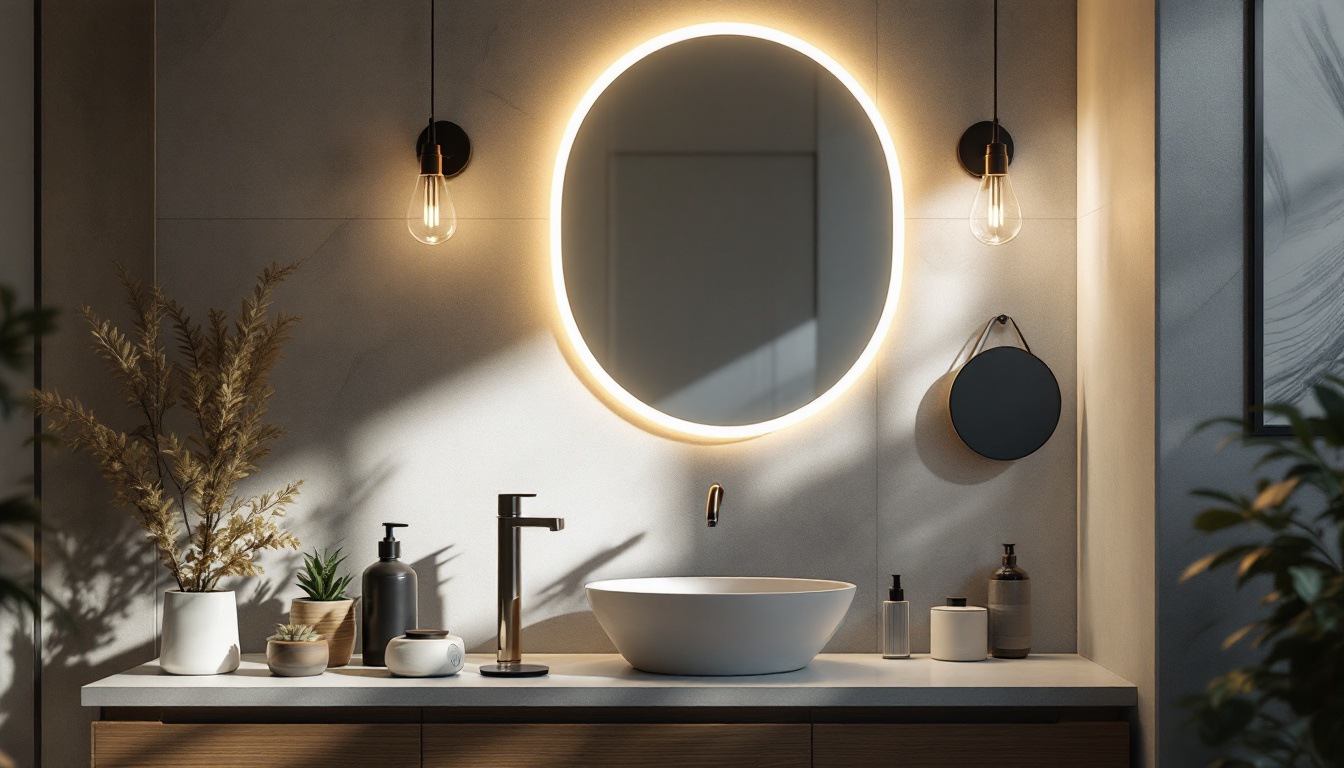
Discover innovative hacks for smart lighting contractors to elevate vanity lighting fixtures.
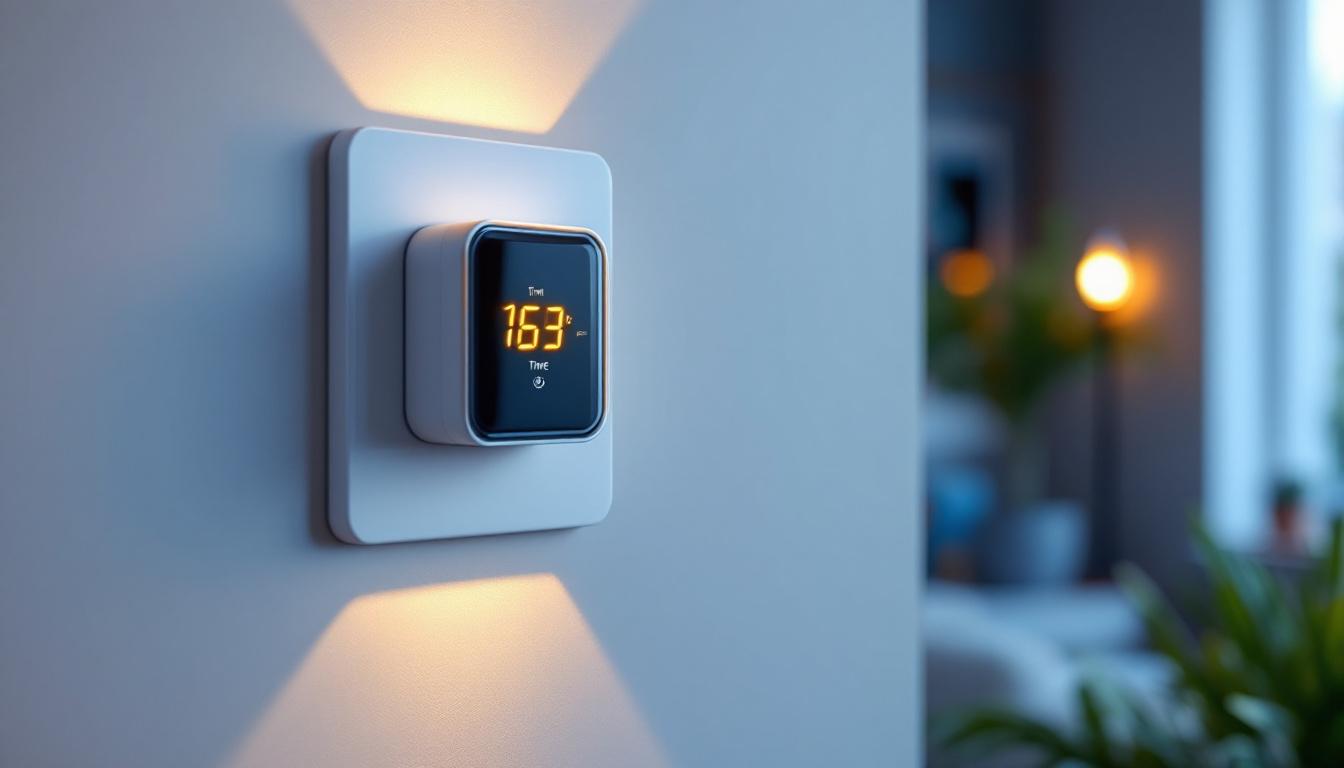
Discover the often-overlooked benefits of indoor light switch timers for lighting contractors.